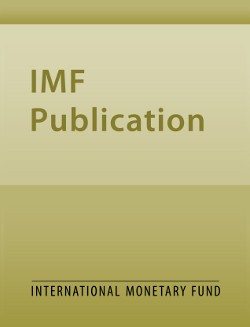
Drivers of Financial Access: the Role of Macroprudential Policies
Drivers of Financial Access: the Role of Macroprudential Policies
READ MORE...
Volume/Issue:
Volume 2020
Issue 074
Publication date:
ISBN:
Add to Cart by clicking price of the language and format you'd like to purchase
Available Languages and Formats
Topics covered in this book
This title contains information about the following subjects.
Click on a subject if you would like to see other titles with the same subjects.
Finance , Economics- Macroeconomics , WP , informal financial services , IMF staff , low income , asset ratio , SSA sample , loan restriction , Financial inclusion , Mobile banking , Macroprudential policy , Macroprudential policy instruments , Sub-Saharan Africa , Global , formal financial services , financial service access , SSA population
Summary
This study analyzes the drivers of the use of formal vs. informal financial services in emerging and developing countries using the 2017 Global FINDEX data. In particular, we investigate whether individuals’ choice of financial services correlates with macro-financial and macro-structural policies and conditions, in addition to individual and country characteristics. We start our analysis on middle and low-income countries, and then zoom in on sub-Saharan Africa, currently the region that most relies on informal financial services, and which has the largest uptake of mobile banking. We find robust evidence of an association between macroprudential policies and individuals’ choice of financial access after controlling for personal and country-level characteristics. In particular, macroprudential policies aimed at controlling credit supply seem to be associated with greater resort to informal financial services compared with formal, bank-based access. This highlights the importance for central bankers and financial sector regulators to consider the potential spillovers of monetary policy and financial stability measures on financial inclusion.
Copyright © 2010 - 2025
Powered by:
AIDC



